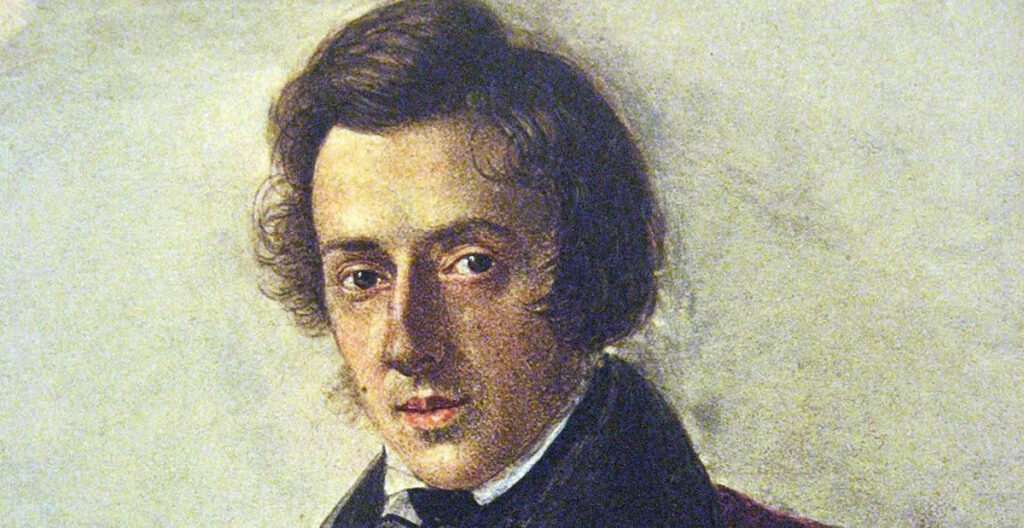Frédéric Chopin, one of the most influential composers of the Romantic era, is widely known for his expressive and technically refined piano compositions. Among his most cherished works are his Nocturnes, a genre he mastered and elevated to new artistic heights. The Nocturnes, Op. 9, composed between 1830 and 1832, stand as some of the finest examples of his early compositional style and continue to be among the most beloved piano pieces in classical music.
Origins and Composition
The Nocturnes, Op. 9 consist of three pieces: Nocturne in B-flat minor, Op. 9, No. 1; Nocturne in E-flat major, Op. 9, No. 2; and Nocturne in B major, Op. 9, No. 3. These works were composed during Chopin’s early years in Paris, shortly after he left his native Poland in 1830 following the failed November Uprising against the Russian Empire. This period marked a significant transition in his life, as he was establishing himself as a pianist and composer in the cultural capital of Europe.
Chopin was heavily influenced by the Irish composer John Field, who is credited with pioneering the nocturne as a musical form. However, Chopin expanded the expressive potential of the genre, adding greater harmonic complexity, intricate ornamentation, and deeply lyrical melodies. The Nocturnes, Op. 9 demonstrate his ability to merge the intimacy of salon music with the structural sophistication of concert pieces.
Publication and Reception
The Nocturnes, Op. 9 were first published in 1832 and dedicated to the famous pianist and teacher Marie Pleyel, wife of Camille Pleyel, a well-known piano manufacturer. The dedication reflects Chopin’s connection to the Parisian musical elite and his appreciation for influential musicians who supported his career.
Upon publication, the Nocturnes were met with widespread acclaim. They quickly became staples of the Romantic piano repertoire and were admired for their poetic expressiveness. The second nocturne of the set, Nocturne in E-flat major, Op. 9, No. 2, is particularly famous and has been frequently performed and recorded by pianists worldwide. Its serene melody and elaborate embellishments exemplify Chopin’s unique ability to create deeply emotional yet technically sophisticated music.
Musical Characteristics
Each nocturne in the Op. 9 set showcases different emotional and technical aspects of Chopin’s style:
- Nocturne in B-flat minor, Op. 9, No. 1: This piece is characterized by its somber and melancholic tone. The use of expressive rubato and delicate ornamentation gives it a sense of intimate yearning.
- Nocturne in E-flat major, Op. 9, No. 2: The most famous of the set, it features a lyrical, flowing melody with intricate embellishments. Its gentle and dreamlike atmosphere makes it a favorite among both pianists and audiences.
- Nocturne in B major, Op. 9, No. 3: This piece is more dramatic and complex, with contrasting sections that create a sense of dynamic movement and emotional depth.
Legacy and Influence
The Nocturnes, Op. 9 remain essential pieces in the piano repertoire. They have influenced countless composers, including Claude Debussy and Gabriel Fauré, who drew inspiration from Chopin’s approach to melody and harmonic innovation.
These nocturnes have also permeated popular culture, appearing in films, television, and other media, further cementing their status as timeless masterpieces. Pianists of all levels continue to study and perform them, ensuring that Chopin’s legacy endures through his exquisite nocturnal creations.
Conclusion
Chopin’s Nocturnes, Op. 9 represent a defining moment in the evolution of piano music. They encapsulate the beauty, elegance, and depth of Romanticism while showcasing Chopin’s unparalleled ability to express profound emotions through the piano. Their enduring popularity is a testament to their timeless appeal and their place among the greatest compositions in classical music history.


Comments are closed